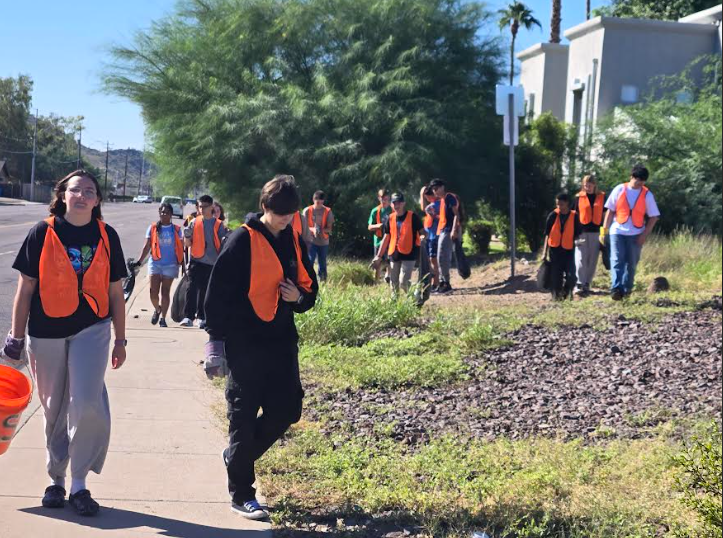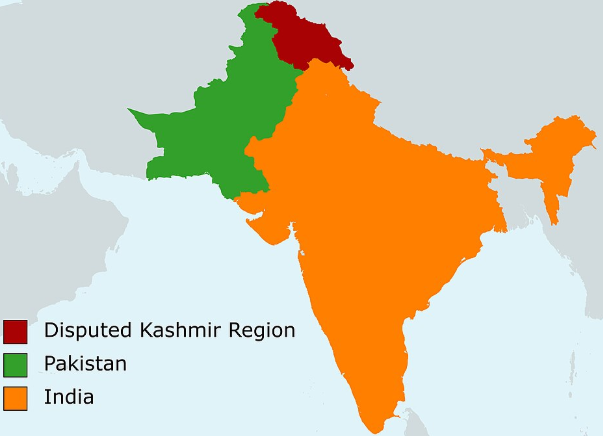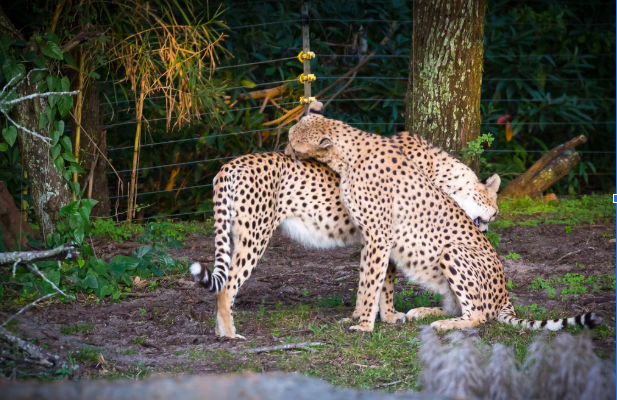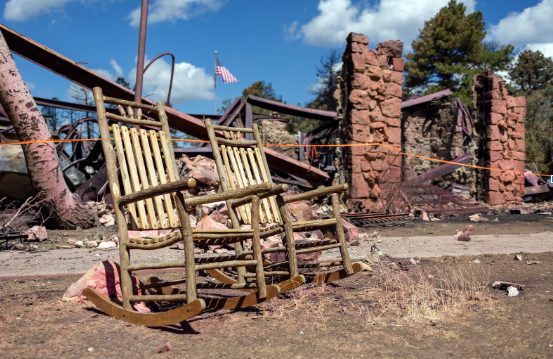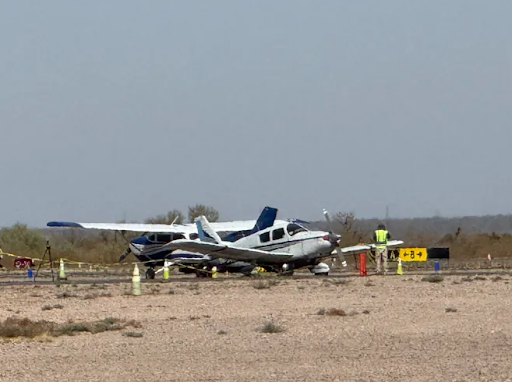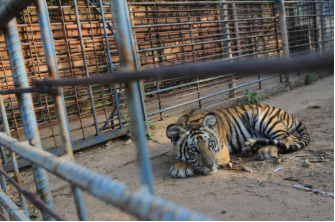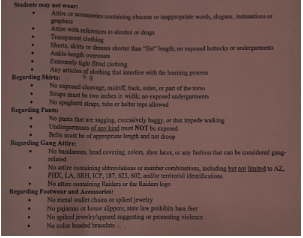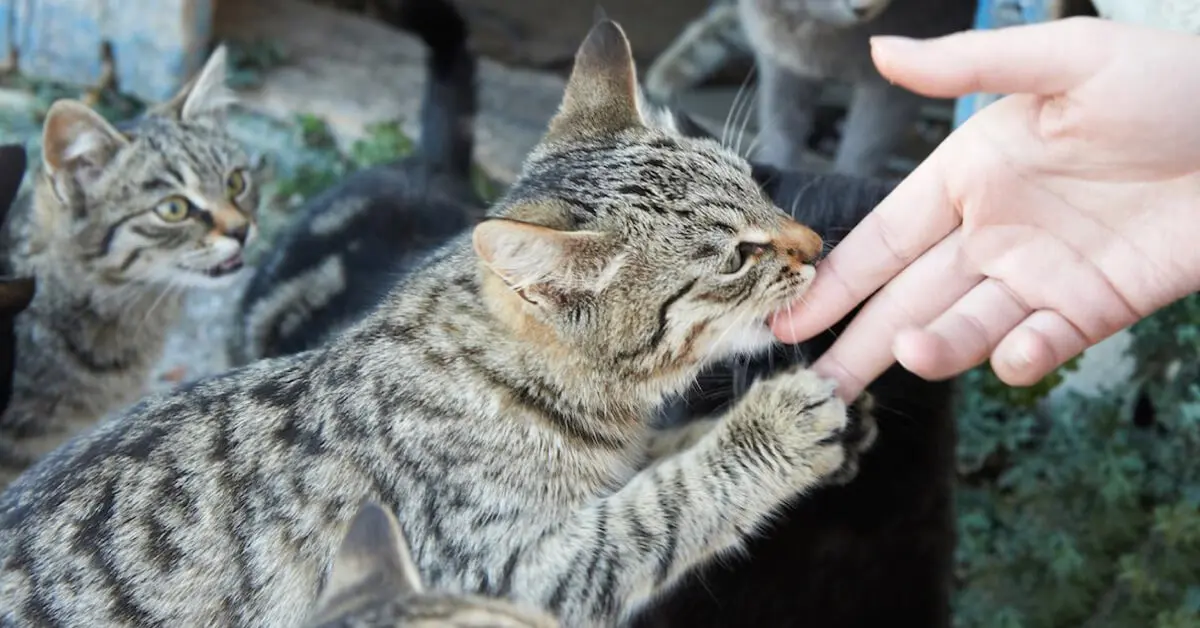Anyone planning on spending their vacation in Alaska should be aware of the ongoing virus afflicting some citizens. In late-January, an elderly man from the Kenai Peninsula died of Alaskapox.
Alaskapox is an orthopoxvirus initially discovered in 2015. “I first heard of Alaskapox when I was around 8, so like 2016.” says Evangeline Vaona, a freshman originally born in Alaska.
The months leading up to the recorded death, an elderly man was treated for cancer. According to him, he would tend to a stray cat that would hunt small animals regularly. One day, the man was scratched “near the armpit area where the first symptom — a red lesion — was noted.” (apnews.com).
Although the stray cat tested negative for Alaskapox, health officials speculate the cat’s claws carried the virus due to it hunting small animals often. As a result, the elderly man wound up contracting the virus from the stray’s claws.
Health officials believe Alaskapox may be zoonotic, meaning the disease spreads from animal to human. “The virus has been most commonly identified in red-backed voles and shrews, based on small mammal sampling in the Fairbanks North Star Borough… Domestic pets (cats and dogs) may also play a role in spreading the virus,” says the Alaska Department of Health.
Is this the next COVID-19? Most likely not. Evangeline adds that “It definitely won’t be the next COVID… Alaskapox is like a really bad bug bite, and it kind of looks like one until it starts growing.”
Even then, it is a good idea to stay safe and take precautions. “Health officials say the best ways to keep pets and family members safe is to keep a safe distance and wash your hands after being outdoors. Also, not try to keep wildlife as pets.” (alaskapublic.org).

